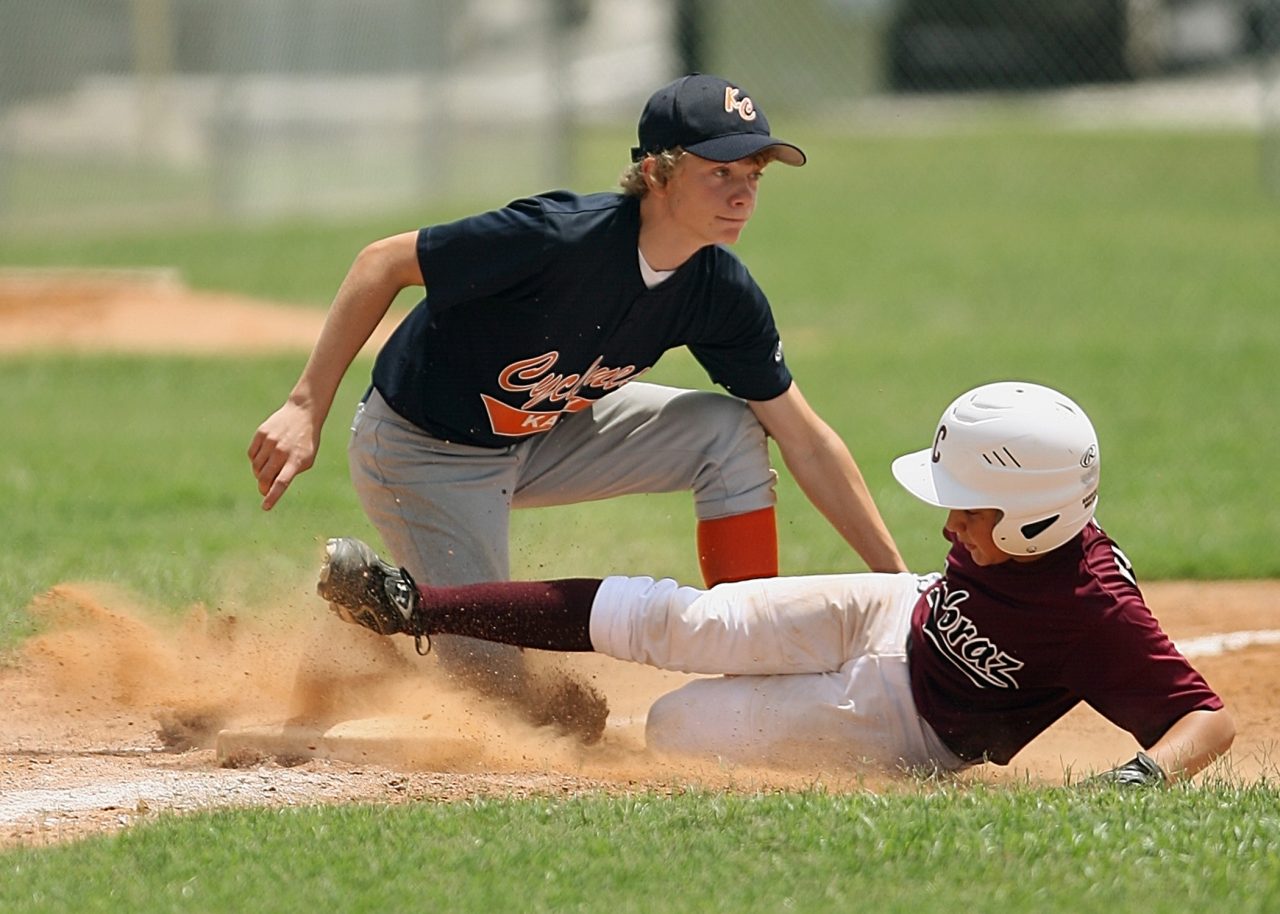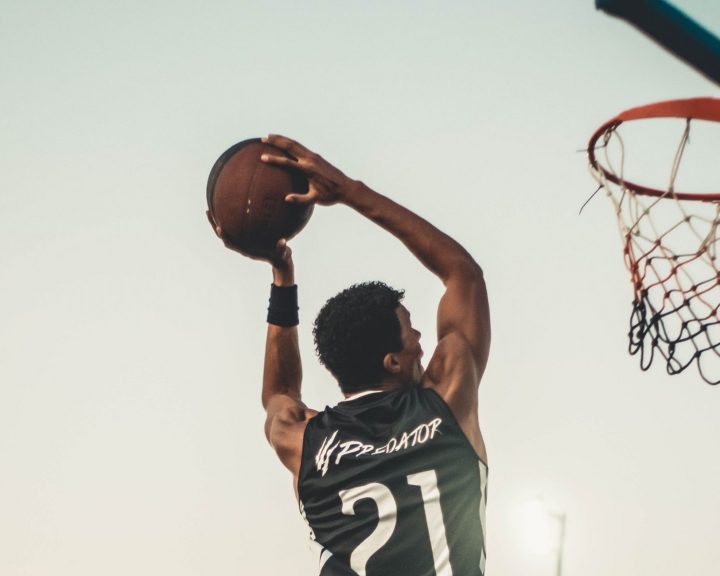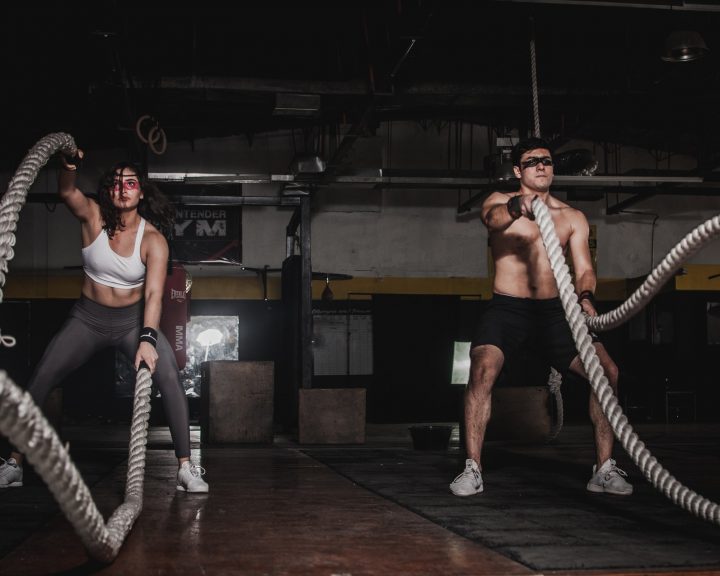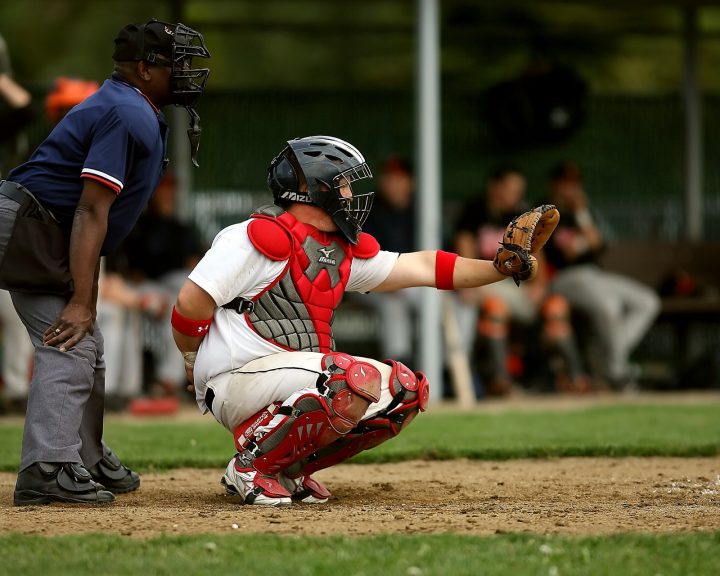No matter how well we pitch and no matter how well we play defense, runners get on base. We may walk them, accidentally hit them, or they may hit the ball really well. At that point we have to worry about runners stealing bases, especially in youth baseball before the bases are 90 feet apart. It is often true in youth baseball that base stealing beats defense until the bases are 90 feet apart.
A solid catcher can help minimize base stealing. This post’s focus is going to be on trying to stop runners that are attempting to steal second base. We are all used to catchers practicing the throwdown to second as part of the pitcher’s warm up, but in this post we’re going to cover how to do that and what to look for.
Once we have a baserunner several things need to change. First, the pitcher throws from the stretch. We’ll cover pick off moves in later posts. Second, the infield have to be communicating about what the baserunner is doing (Big lead! Step two! Etc.). Third, the catcher has to be in an athletic stance to receive the ball and react to potential steals.
Here’s our situation: There’s a runner on first base. He has taken his secondary lead. Our pitcher is pitching the ball. As the pitcher’s hips shift forward the baserunner makes his move for second base. The first baseman, seeing this, yells “Runner” so that everyone is aware of this happening. Our second baseman and shortstop are moving over preparing for this throw down.
The catcher sees the runner, but also has to focus on catching the pitch. When the catcher receives the ball he will pop up and throw the ball down to second base. Second will catch the ball, short stop will back up the throw just in case, and hopefully we’ll tag the runner out at second.
The catcher’s mechanics will go a long way towards ensuring a successful throw. When the catcher receives the ball, several things need to happen. First, the catcher needs to be standing up quickly. As he does so, his right foot (assuming a right handed catcher) is moving to where his left foot is. His left foot is stepping forward. The catcher’s body is angled so that his left shoulder faces second base. As the feet are moving, both hands are being brought up to a point just outside his right ear. Right hand is in the glove grasping the ball, left hand is holding the ball.
Once the feet are in place, the hands separate with the right hand holding the ball. The left hand points to the base and the right arm forms an “L” to prepare to throw the ball. The catcher’s weight is back. As the catcher throws the ball his weight shifts forward to get his legs into the throw.
It’s important that the catcher refrain from stepping on home plate during this. Sometimes home plate can be slippery and slipping while trying to execute this throw can result in a really bad throw and get the runner to third base or home!
How is this taught? Simply put, this skill is practiced a lot.
It can be done in the batting cages. Put a home plate down and have the catcher practice the footwork and the throw.
I also like to do this as part of our practice warm ups when we are on the field. We’ll set up our infield and have each of our catchers practice 3-5 good throws to each base as part of our warm up. At least once a week we’ll train both baserunning and defense at the same time and have the catchers throw down against their teammates who are attempting to steal.
Next time we’ll talk about throws to third base.




